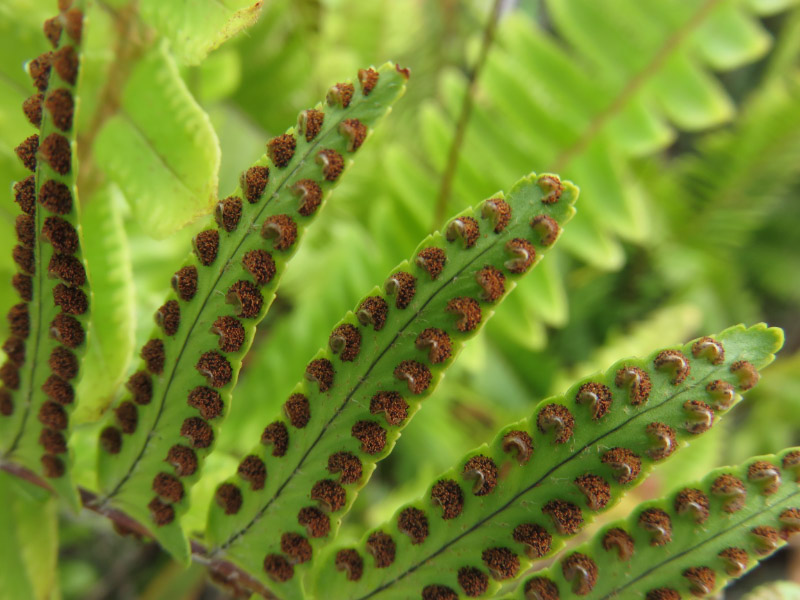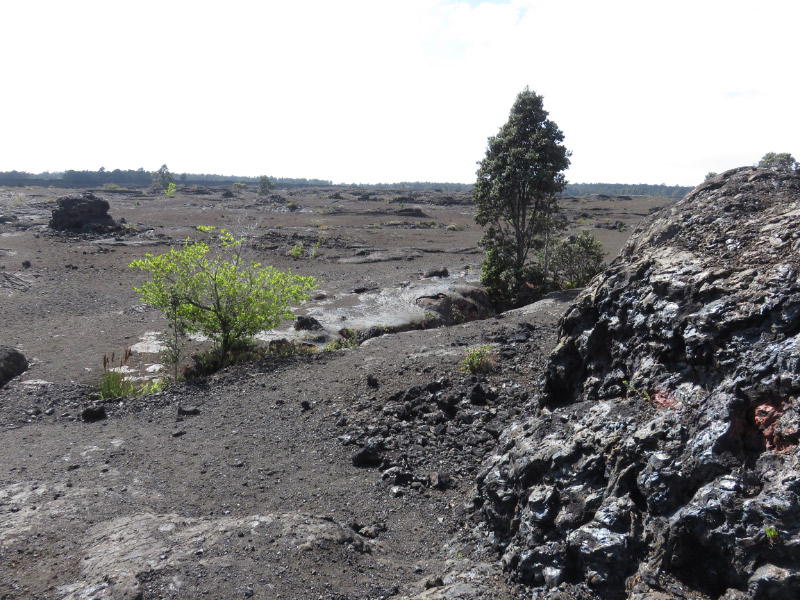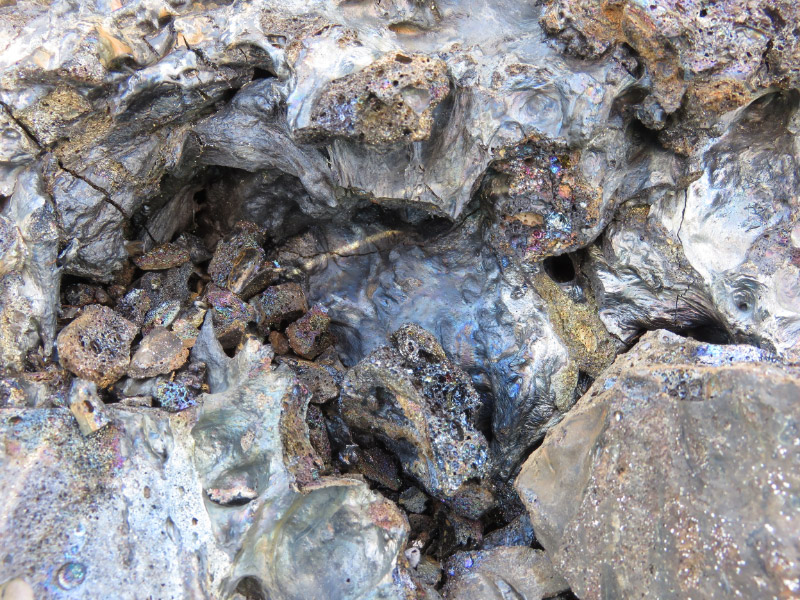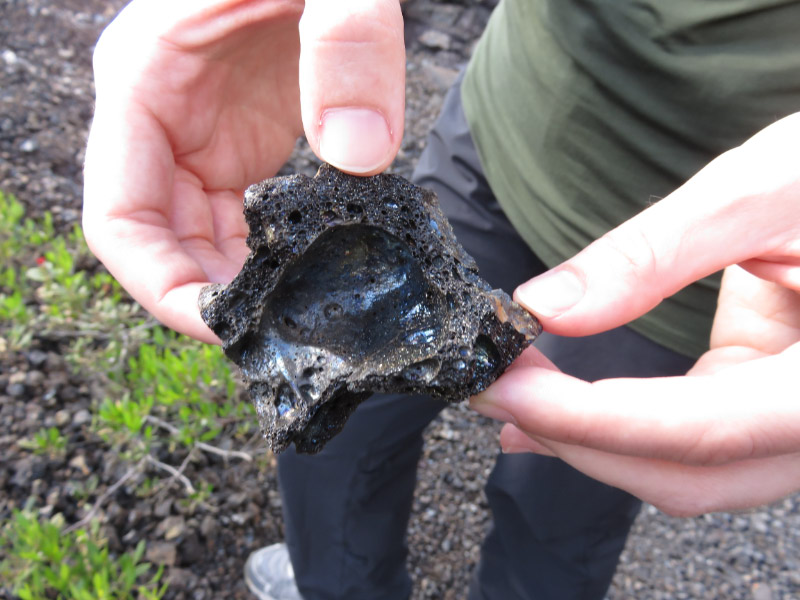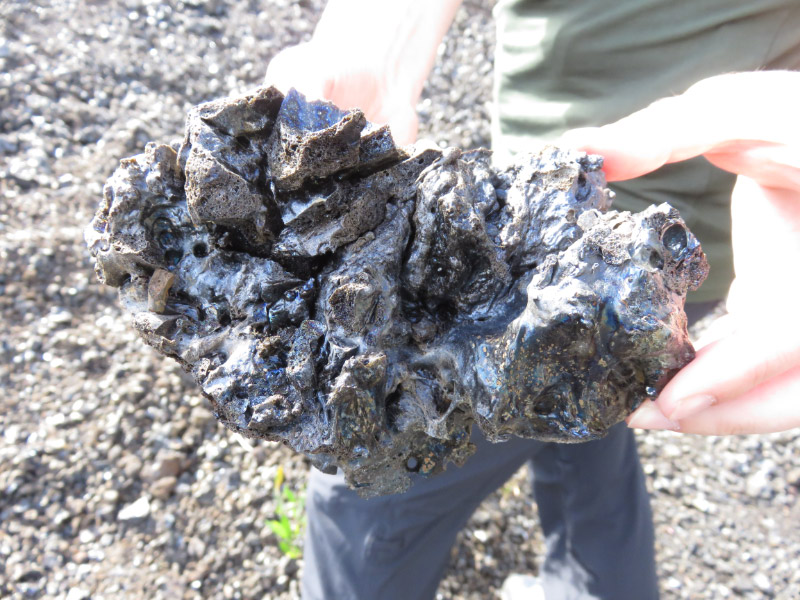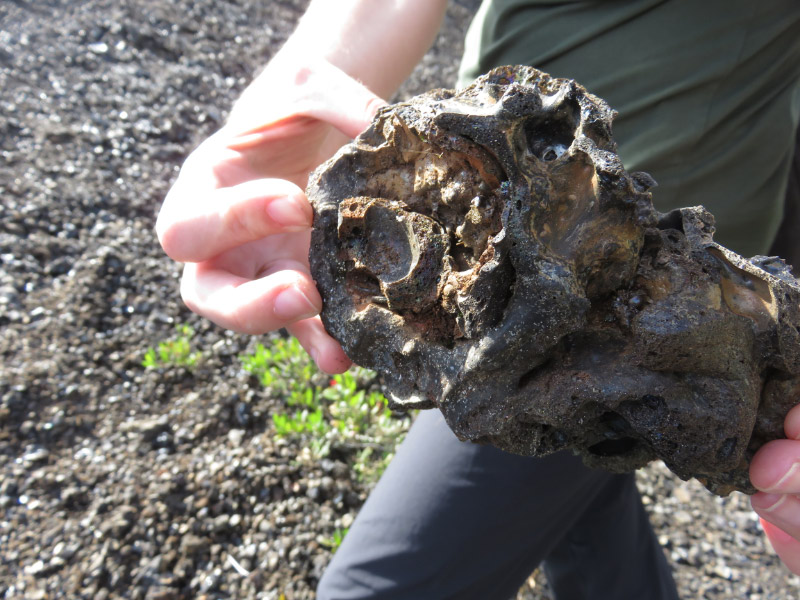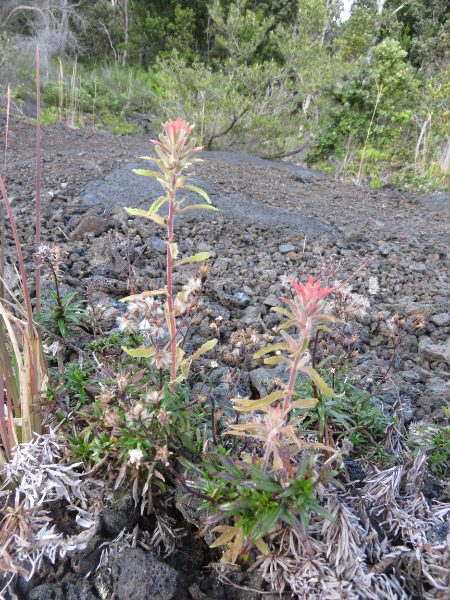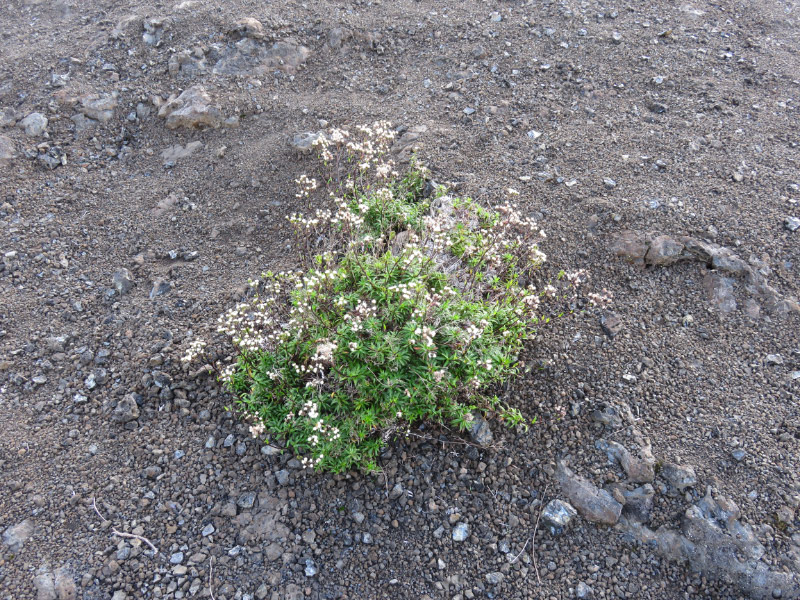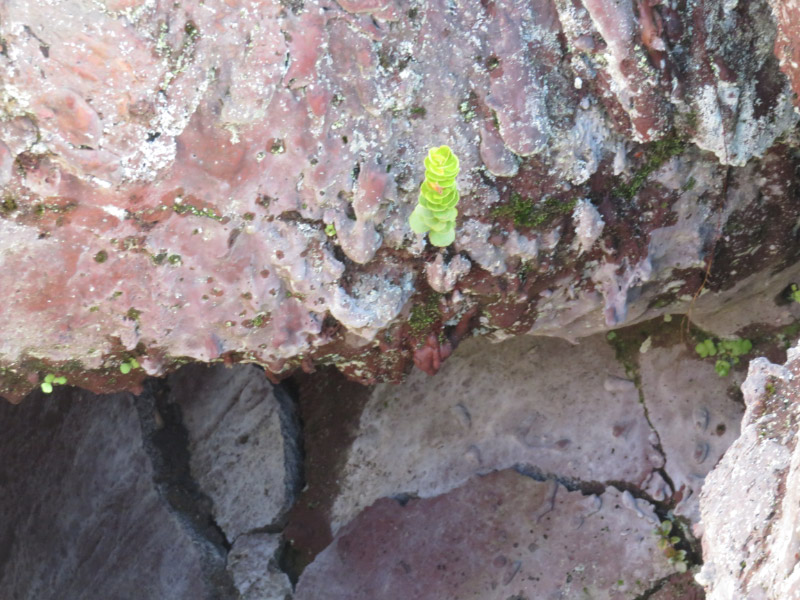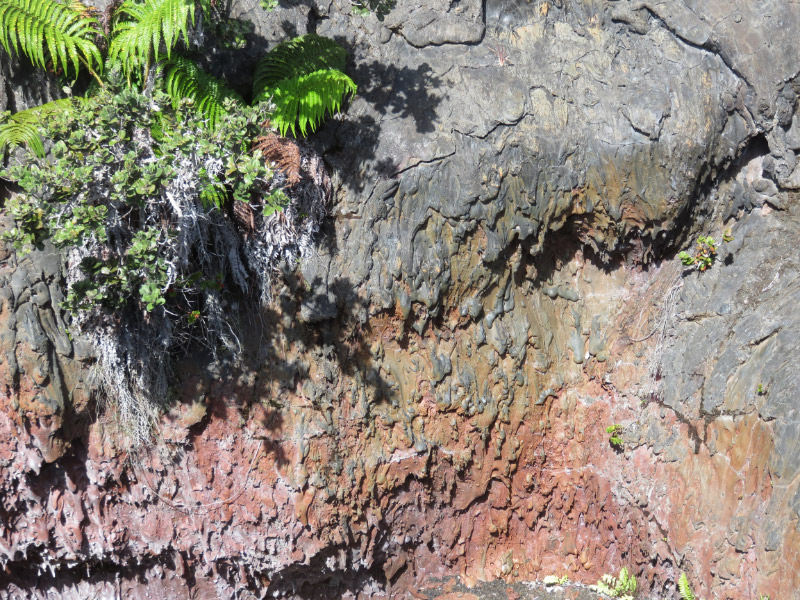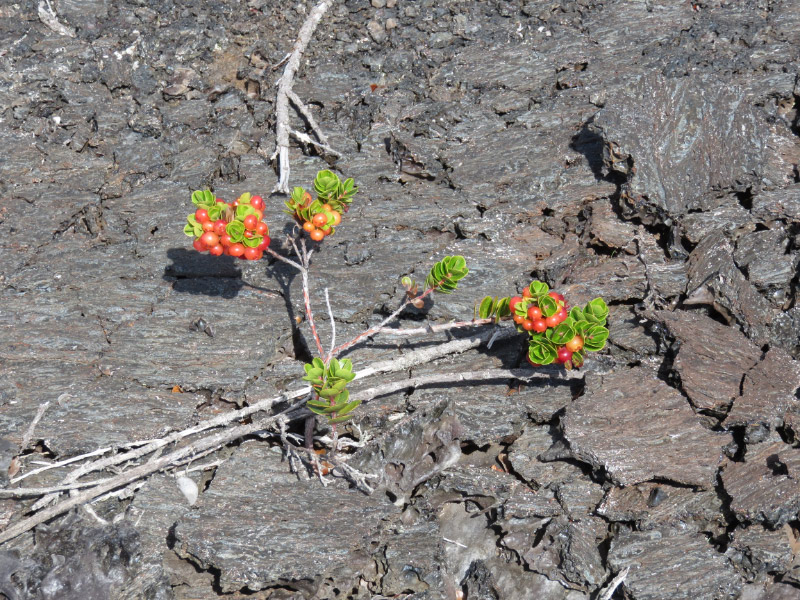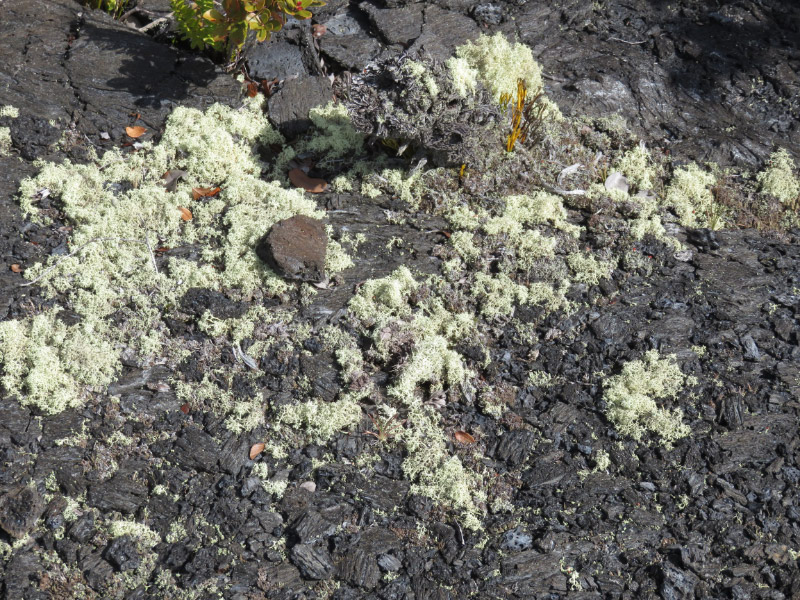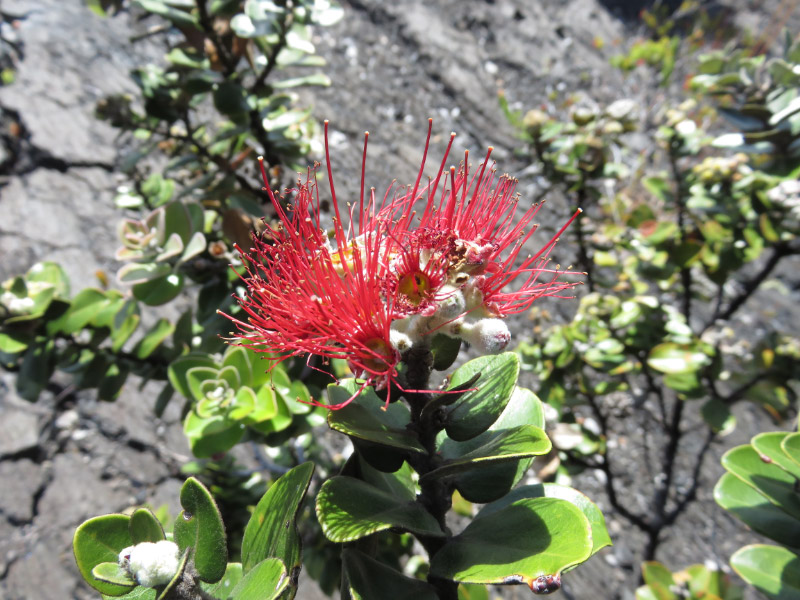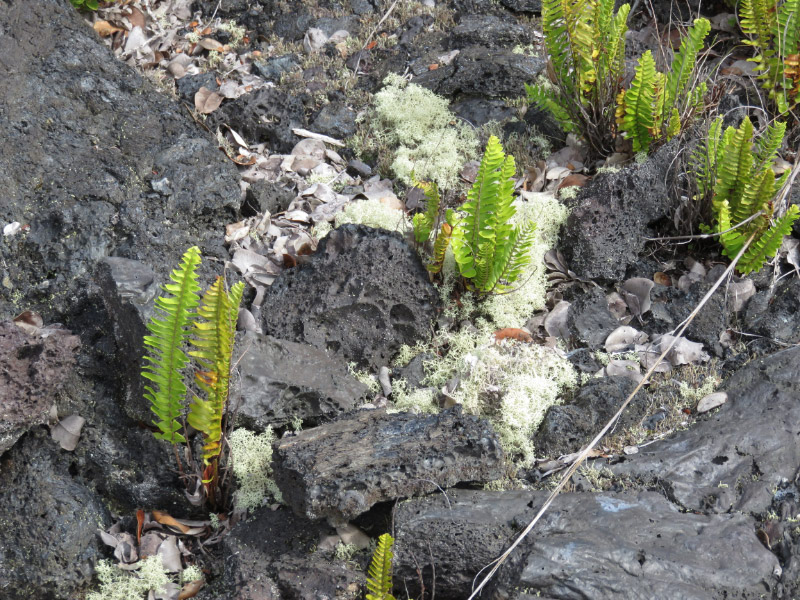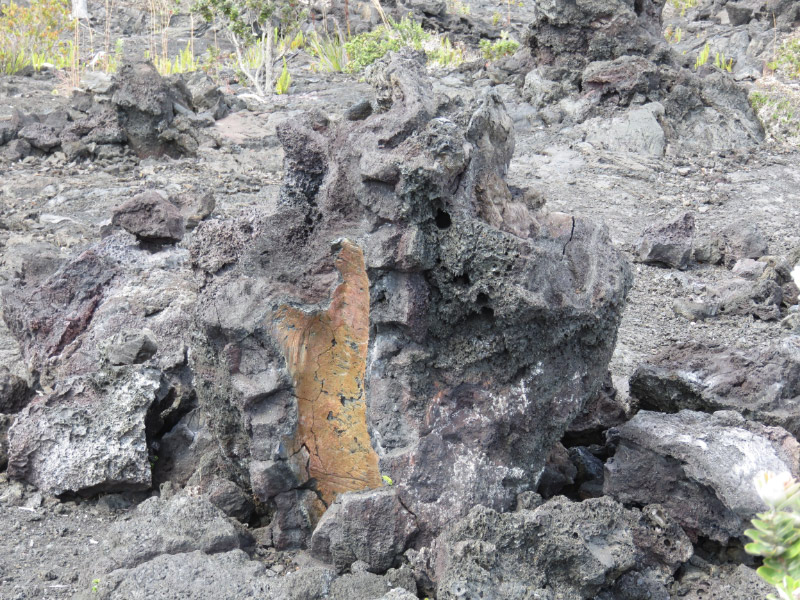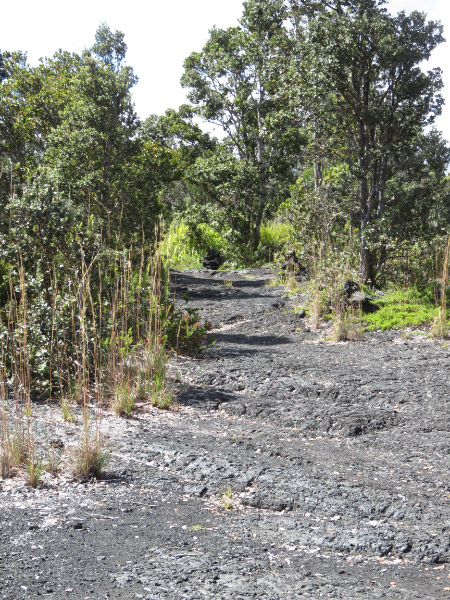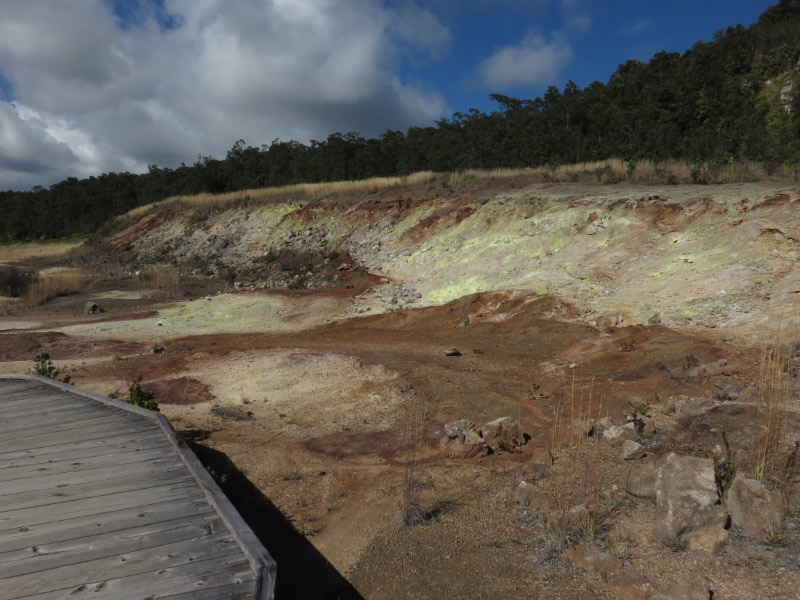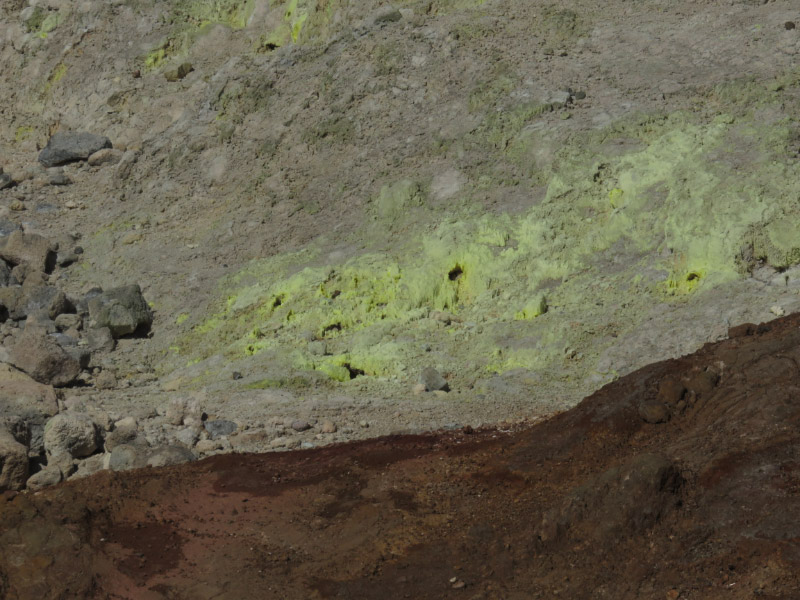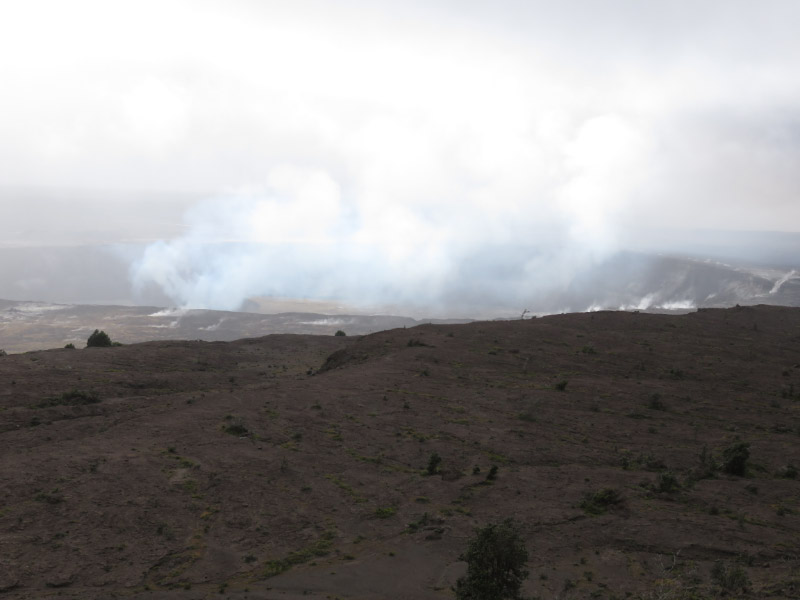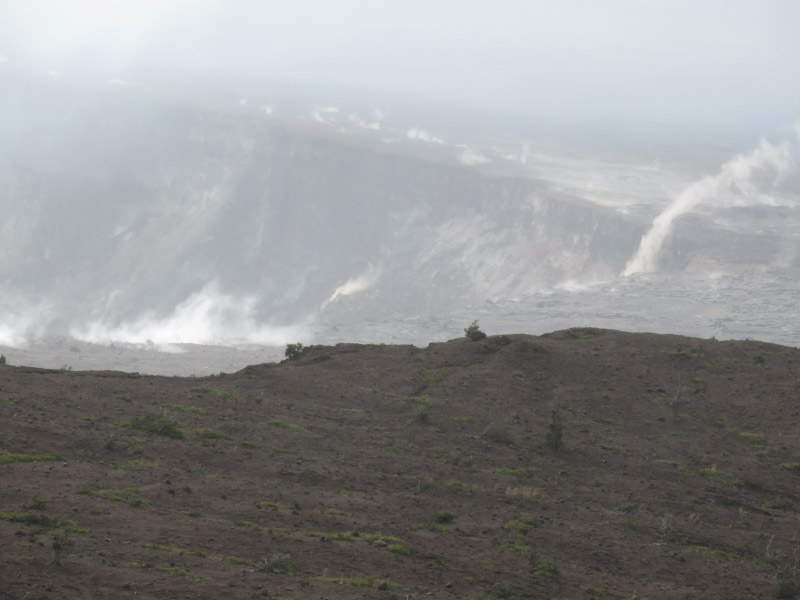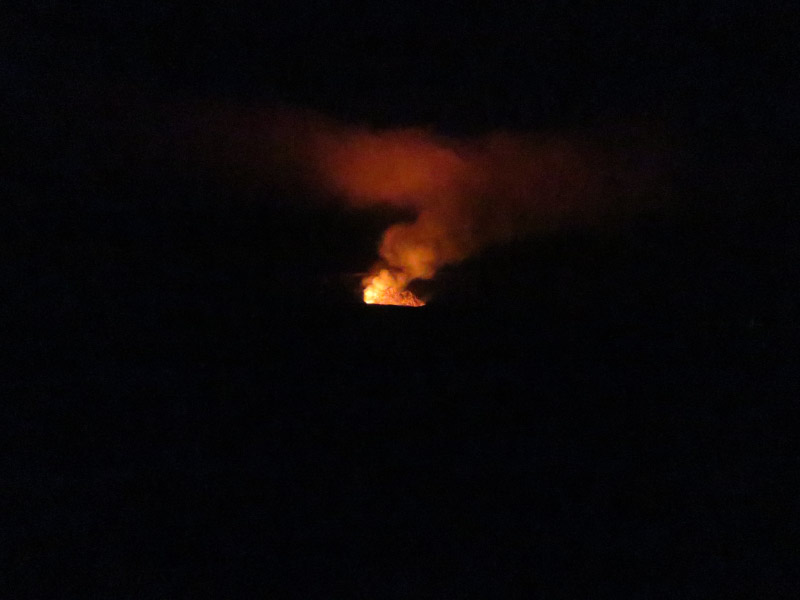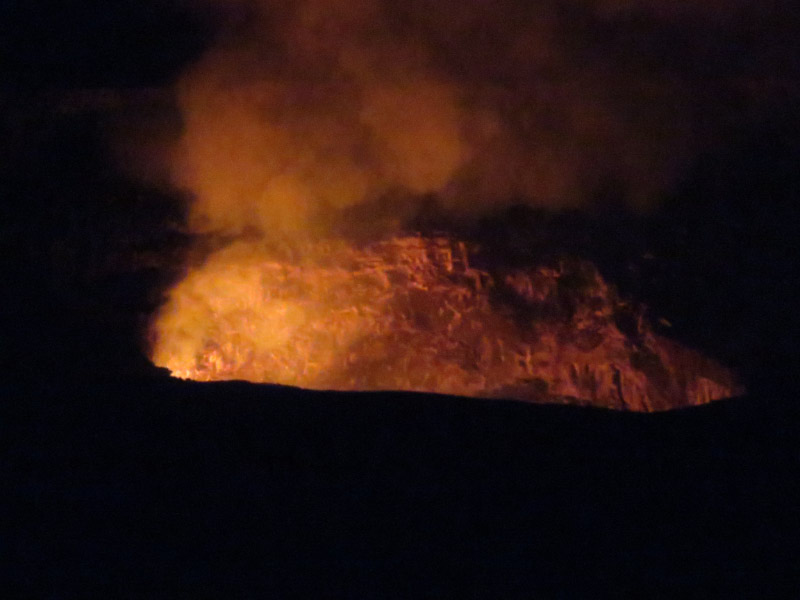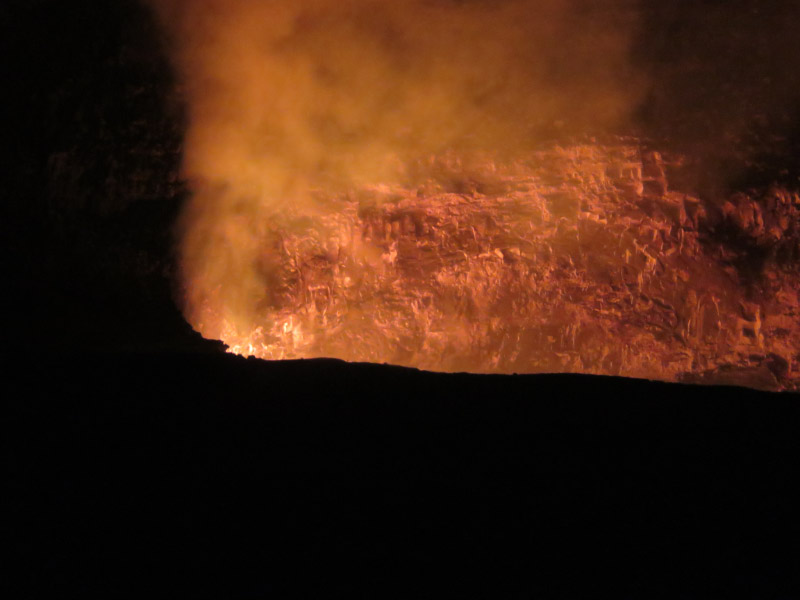Gleanings of the Week Ending February 13, 2016
/The items below were ‘the cream’ of the articles and websites I found this past week. Click on the light green text to look at the article.
Lava flow crisis averted (for now) – We saw the cooling flow described in this article from Science Daily when we were in Hawaii last December!
We must better communicate the health benefits of nature – Not everyone is outdoors as much as I am --- or has a great view of the outdoors from their office window. I remember an instance when I was outdoors with students on a middle school field trip and realized that many of them thought about the outdoors in terms of streets and parking lots rather than hiking paths, trees, and birds. The hike and what they were seeing was a new experience for them.
Sally Ride reminds us that one thing has not changed for female astronauts – An interview from 1983… the types of questions she got from the press.
Inside the Eye: Nature’s Most Exquisite creation – From National Geographic.
In New Anti-Aging Strategy, Clearing Out Old Cells Increases Life Span of Mice by 25 Percent – A good thing or the modern equivalent of ‘snake oil’? If it does increase life span – how healthy is that extra time?
Sign of early settlement in the Nordic region date back to the cradle of civilization – We think of the transition from nomadic to settlement living happened first in the Middle East but this find in Sweden indicates that it may have happened about the same time in Nordic prehistory.
This uncrushable robot cockroach just wants to rescue you – Building a robot that can compress itself in much the same way a cockroach can…. Another instance of observing nature and implementing the same solution via technology rather than biology.
The Truth about Processed Foods – Every wonder what the difference is between highly, moderate, and minimally processed foods in articles about healthy diet? This article provides some definitions. I changed my food log for a few days to put categorize foods and discovered that most of the foods I consume at home are unprocessed or minimally processed because I make most of what I eat from scratch. There are a few moderately processed foods. The highly processed are things like salad dressing or stir fry sauces; I also drink almond milk which is ‘highly processed.’
Organic Farming could help feed the planet and protect it – A good graphic comparing conventional to organic farming based on some research from Washington State University. One of the authors is quoted as saying: “The challenge facing policymakers is to create an enabling environment for scaling up organic and other innovative farming systems to move towards truly sustainable production systems.” As a consumer – I have already made the decision to buy organic as often as I can.

